Advancements in Genetic Testing
Technological advancements in genetic testing are significantly impacting the aicardi syndrome market in South America. The availability of more accurate and accessible genetic testing options allows for earlier diagnosis and better management of the condition. As healthcare providers adopt these innovative testing methods, the identification of aicardi syndrome cases is likely to increase, leading to a higher demand for targeted therapies and interventions. The market is expected to benefit from this trend, as families seek genetic counseling and testing services. Furthermore, the reduction in testing costs, which can be as low as $500 in some regions, makes these services more accessible to a broader population. This increased accessibility may lead to a rise in diagnosed cases, thereby expanding the market for treatments and support services related to aicardi syndrome.
Growing Patient Advocacy Groups
The emergence of patient advocacy groups dedicated to aicardi syndrome is influencing the market landscape in South America. These organizations play a vital role in raising awareness, providing resources, and supporting families affected by the condition. By advocating for better healthcare policies and funding for research, these groups are likely to enhance the visibility of aicardi syndrome within the healthcare system. Their efforts may lead to increased collaboration among healthcare providers, researchers, and policymakers, ultimately benefiting the aicardi syndrome market. Furthermore, as these groups organize events and campaigns, they can foster community support and encourage affected families to seek medical assistance, which could result in a higher number of diagnosed cases and an increased demand for treatment options.
Government Initiatives and Funding
Government initiatives aimed at improving healthcare access and funding for rare diseases are playing a crucial role in shaping the aicardi syndrome market in South America. Various countries in the region are implementing policies to enhance the diagnosis and treatment of rare genetic disorders, including aicardi syndrome. Increased funding for research and development, as well as public health campaigns, is likely to improve awareness and understanding of the condition among healthcare professionals and the general public. This support may lead to the establishment of specialized clinics and treatment centers, which could enhance patient care and drive growth in the aicardi syndrome market. Additionally, government-backed programs may facilitate collaboration between researchers and healthcare providers, fostering innovation and improving treatment options for affected individuals.
Integration of Telemedicine Services
The integration of telemedicine services is transforming the aicardi syndrome market in South America by improving access to specialized care for patients in remote areas. Telemedicine allows healthcare providers to offer consultations, follow-ups, and support services without the need for patients to travel long distances. This is particularly beneficial for families affected by aicardi syndrome, who may face challenges in accessing specialized healthcare. The convenience and efficiency of telemedicine can lead to earlier diagnosis and timely interventions, which are crucial for managing the condition effectively. As telehealth services continue to expand, the aicardi syndrome market is likely to see an increase in patient engagement and adherence to treatment plans, ultimately contributing to better health outcomes and market growth.
Rising Incidence of Aicardi Syndrome
The aicardi syndrome market in South America is experiencing growth due to an observed increase in the incidence of this rare genetic disorder. Recent studies indicate that the prevalence of aicardi syndrome may be higher than previously estimated, with some regions reporting rates of approximately 1 in 10000 live births. This rising incidence necessitates enhanced healthcare services and specialized treatment options, thereby driving demand within the aicardi syndrome market. As awareness of the condition grows, healthcare providers are more likely to identify and diagnose affected individuals, further contributing to market expansion. The increasing number of diagnosed cases is expected to lead to a corresponding rise in the need for therapeutic interventions, including medications and supportive care, which could potentially boost the overall market value in the coming years.


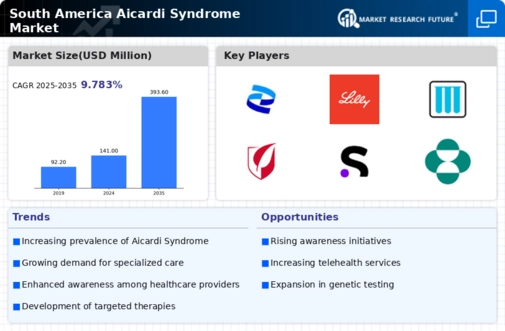
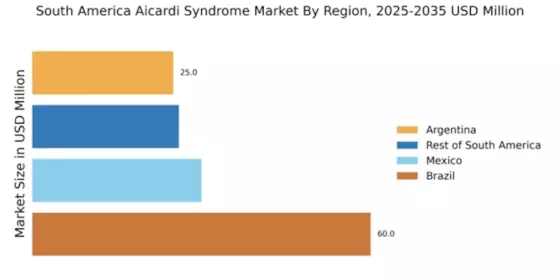
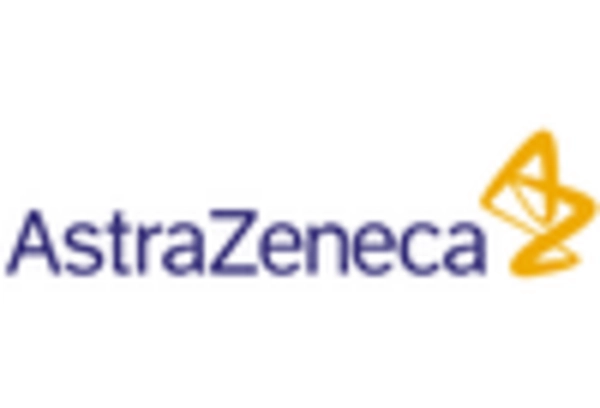
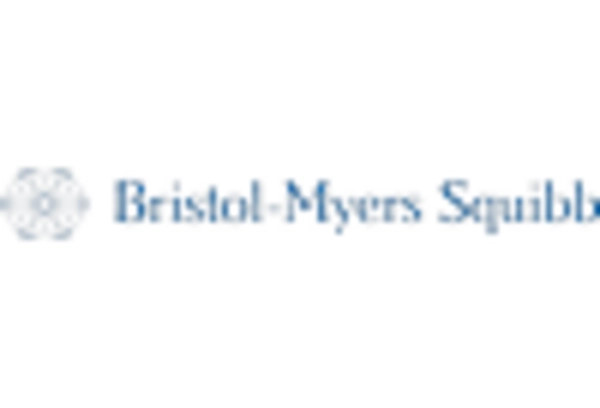
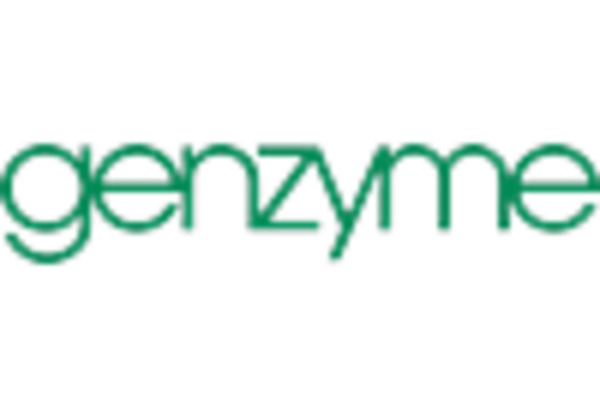
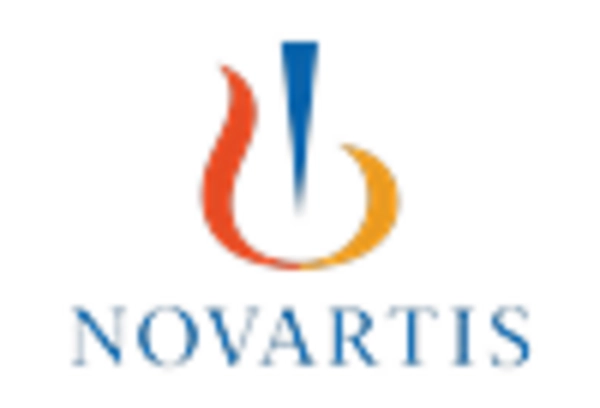
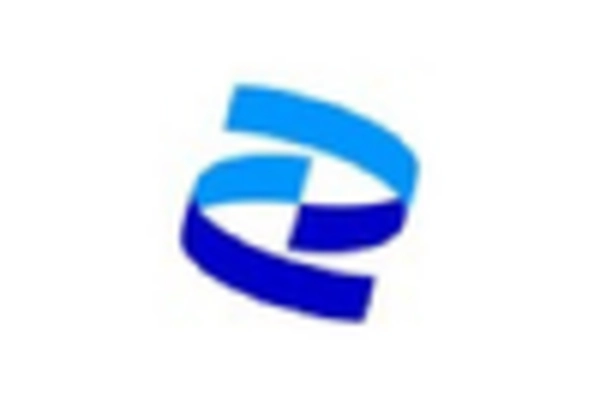
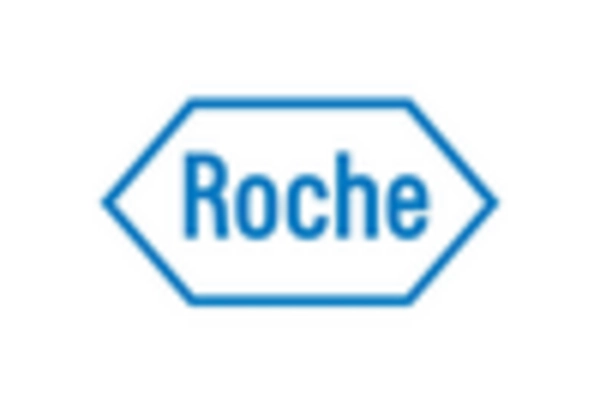








Leave a Comment